Are you sometimes unsure of how to respond when someone says ‘Roger That’? Whether you’re in a professional setting or simply having an everyday conversation, knowing the appropriate way to reply can make a big difference in how you are perceived.
In this article, we will guide you through the different ways how to respond to Roger That and provide tips on using proper terminology and etiquette. We’ll explore both verbal and non-verbal responses, as well as common mistakes to avoid.
Additionally, we’ll offer advice on effective communication in high-stress situations and share techniques for practicing and improving your overall communication skills.
By the end of this article, you’ll have the confidence to respond appropriately when someone says ‘Roger That,’ fostering a sense of belonging in any conversation or professional environment.
How To Respond To Roger That: Master responding to “Roger That” with guidance on etiquette. Explore effective verbal, and non-verbal replies, especially in high-pressure scenarios, enhancing your communication skills.
Understanding the Meaning of “Roger That”

When someone says ‘Roger that,’ you’re acknowledging and understanding the message, like nodding your head in agreement. It’s a way of showing that you’ve received the information and you’re ready to act upon it.
This phrase originated from radio communication in the military, where ‘Roger’ was used to indicate that a message had been received and understood.
By responding with ‘Roger that,’ you’re not only affirming your comprehension but also establishing a sense of camaraderie and belonging. It’s like saying, ‘I’m on board with what you’re saying, and we’re in this together.’
Using this phrase can help create a positive atmosphere within a group or team by fostering open communication and ensuring everyone’s on the same page. It shows respect for the person delivering the message while also expressing your willingness to cooperate.
In addition to its literal meaning, ‘Roger that’ has become a colloquial expression used in everyday conversations. People often use it as a casual way of saying ‘I understand’ or ‘Got it.’ It adds an element of familiarity and friendliness to interactions, reinforcing social bonds and creating a sense of unity.
So next time someone says ‘Roger that’ to you, respond with confidence knowing that you belong to the same wavelength.
Different Ways to Respond to “Roger That”
When responding to ‘Roger That,’ there are different ways you can communicate your understanding and compliance.
You can simply say ‘Copy that’ to confirm that you’ve understood the message and will comply with it.
Another option is to acknowledge the instructions or information by saying ‘Affirmative’ or ‘Acknowledged.’
Lastly, if you need further clarification or confirmation, you can ask for it by saying ‘Requesting clarification’ or ‘Please confirm.’
Confirming Understanding and Compliance
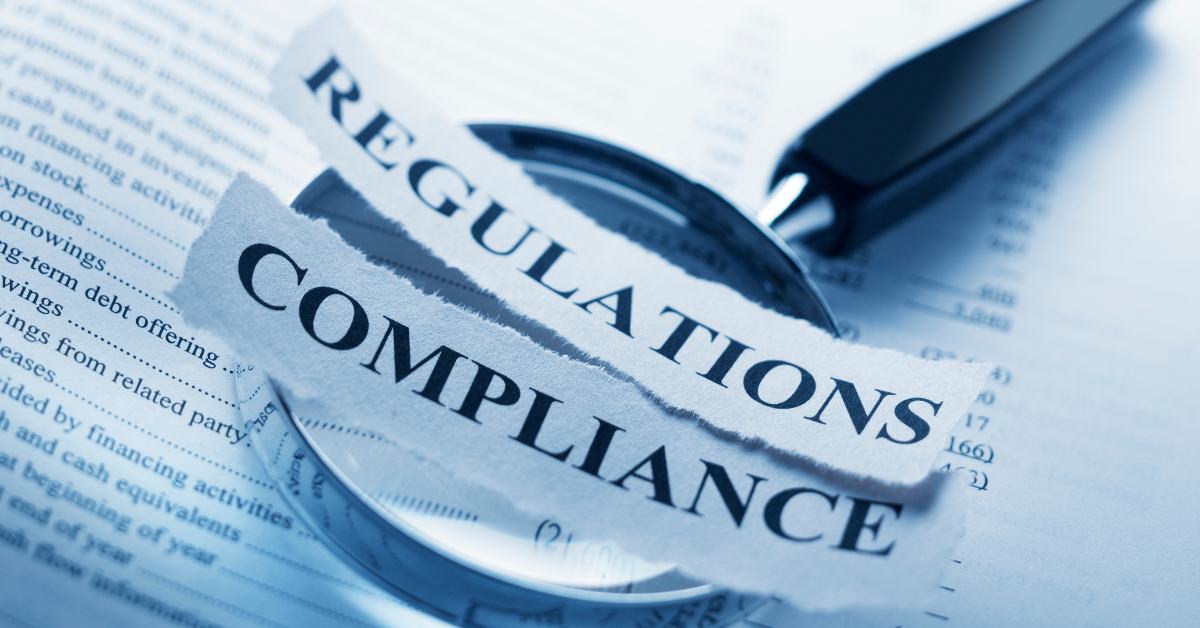
Make sure you acknowledge and comply with the instructions by responding with a confident ‘Roger that.’
This simple phrase not only confirms your understanding but also shows your commitment to following through.
By using these words, you’re letting others know that you’re on board and ready to take action.
It creates a sense of unity and belonging within the group, as everyone’s speaking the same language and working towards a common goal.
When you respond with ‘Roger that,’ you’re showing respect for authority and demonstrating your willingness to be an active participant in the conversation.
So, next time you receive instructions or information, remember to acknowledge it with a firm ‘Roger that’ to foster a sense of camaraderie and teamwork.
Acknowledging Instructions or Information
Follow the instructions and show your understanding by confidently acknowledging them with a simple nod of agreement, creating a seamless flow of teamwork and cooperation.
When you receive instructions or information, it is crucial to respond appropriately to let others know that you have heard and understood what was said.
By acknowledging the instructions or information with a nod or a verbal response like ‘Roger that,’ you are demonstrating your willingness to cooperate and contribute to the team’s success.
This small gesture builds trust among team members and fosters a sense of belonging. It shows that you are an active participant in the conversation and are committed to working together towards a common goal.
So remember, when you receive instructions or information, acknowledge them confidently to create an atmosphere of teamwork and collaboration.
Requesting Clarification or Confirmation
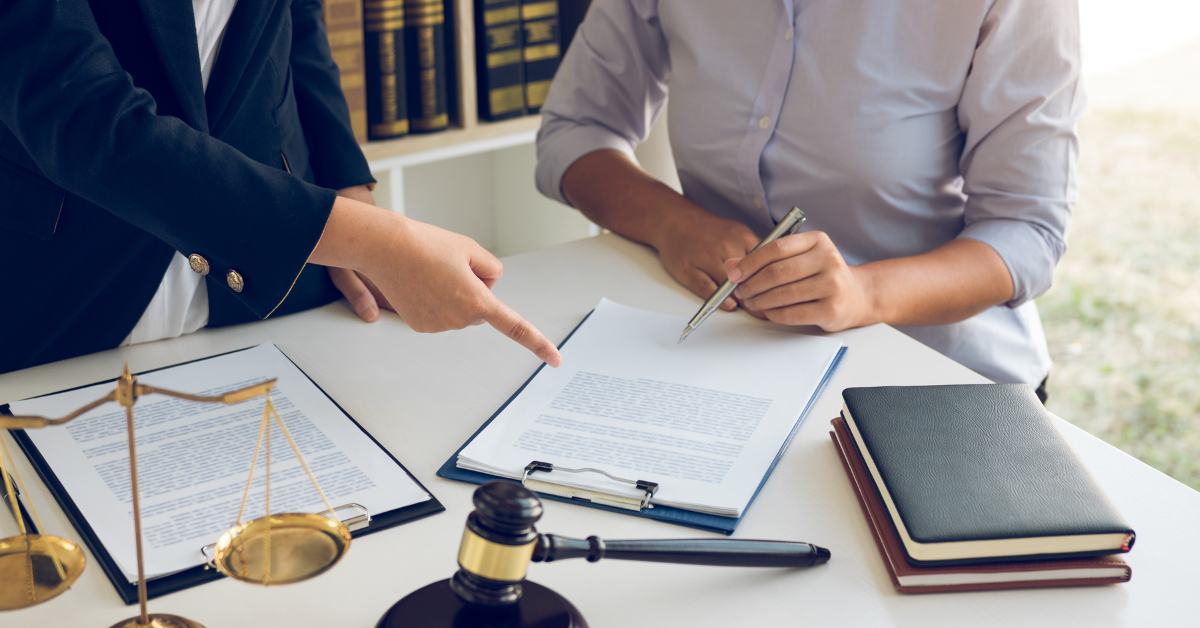
To ensure a clear understanding, you may want to consider politely requesting clarification or confirmation from the speaker.
When someone says ‘Roger that’ in response to your instructions or information, it’s important to make sure that they have truly understood what you said.
You could say something like, ‘Just to be certain, could you please confirm that you understood my instructions?’ This shows that you value their understanding and want to avoid any miscommunication.
Alternatively, if you need more details or further explanation, you can ask for clarification by saying, ‘Could you please provide more information on [specific point]?’
By seeking clarification or confirmation in a polite and respectful manner, you create an environment where everyone feels included and part of the conversation.
Using Proper Terminology and Etiquette
Hey there, when it comes to responding to ‘Roger that’, you’ll want to keep it professional by using the proper terminology and etiquette.
Using the right language not only shows your professionalism but also helps maintain clear communication.
One important thing to remember is to use the phrase ‘Roger that’ or simply ‘Roger’ as your response. This lets the sender know that you have received their message and understood it.
In addition to using the correct phrase, it’s crucial to follow proper etiquette. Remember to address the sender by their rank or title, if applicable, followed by their last name.
For example, if your superior sends a message, respond with ‘Roger that, Captain Smith.’ It demonstrates respect and acknowledges their authority.
Furthermore, be mindful of your tone when responding. Maintain a calm and composed demeanor, even in stressful situations. Avoid using slang or informal expressions as they can be seen as unprofessional.
By adhering to these guidelines, you will show that you are part of a team that values professionalism and effective communication.
So remember: respond with ‘Roger that,’ address superiors respectfully, and maintain a professional tone at all times.
Responding to “Roger That” in Professional Settings
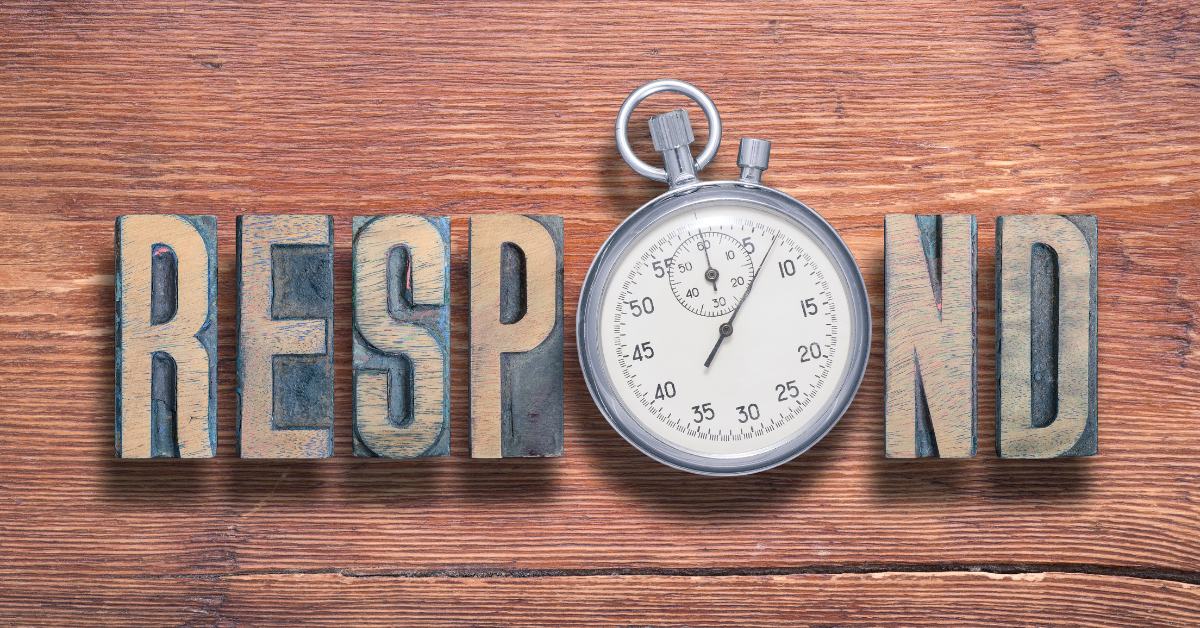
When it comes to acknowledging the message with professionalism, you’ll want to remember how to appropriately respond in a professional setting without using the word ‘roger’.
In these situations, it’s important to use clear and concise language that conveys understanding and professionalism.
Instead of simply saying ‘Roger that,’ try using phrases like ‘understood’ or ‘copy that.’ These alternatives maintain the same meaning while sounding more polished and sophisticated.
Remember, in a professional setting, it’s crucial to communicate effectively and leave no room for misinterpretation.
Another option is to rephrase the message back to the sender. For example, if someone says, ‘Please send me the report by noon,’ you can respond with, ‘I will ensure that I send you the report before noon.’ This shows active listening and confirms your understanding of their request.
It’s also essential to consider your tone when responding. Using a polite tone of voice and maintaining a respectful attitude will help create an atmosphere of professionalism. By doing so, you demonstrate your commitment to teamwork and contribute positively to the overall work environment.
When responding in a professional setting without using ‘roger,’ remember to utilize clear language alternatives such as ‘understood’ or rephrasing the message. Maintain a polite tone and show active listening for effective communication.
Responding to “Roger That” in Everyday Conversations
When responding to ‘Roger That’ in everyday conversations, it’s important to consider the informal usage and context. In casual settings, ‘Roger That’ is often used as a way to acknowledge or understand what someone has said.
As for your response, it’s essential to maintain a polite and respectful tone. You can reply with phrases like ‘Got it,’ ‘Understood,’ or simply repeat the main point of the conversation to show that you’re actively listening and engaged.
Informal Usage and Context
You’ll totally get the hang of responding to ‘Roger that’ in no time! It’s a phrase commonly used in informal conversations, and understanding its context is key. When someone says ‘Roger that,’ they are acknowledging and confirming what you just said.
It’s like saying ‘I understand’ or ‘Got it.’ This phrase is often used in military or aviation settings but has become popularized in everyday conversations as well. By responding with phrases like ‘Copy that’ or simply saying ‘Roger,’ you show that you’re on the same page and have understood the message.
Using contractions and a friendly tone will help you fit right into these informal situations where belonging is important. So next time someone says ‘roger that,’ go ahead and respond confidently!
Polite and Respectful Responses

Using contractions and a friendly tone is essential in order to fit into informal situations where belonging and respect are important.
When responding to ‘Roger that,’ it is crucial to maintain politeness and show respect towards the speaker.
One way to do this is by using phrases such as ‘You’re welcome’ or ‘No problem’ after acknowledging their message.
These responses convey a sense of camaraderie and understanding, making the conversation more pleasant and inclusive. Additionally, adding a touch of appreciation by saying ‘Thank you for letting me know’ can further enhance the respectful tone.
Remember, in informal settings, it’s important to create an atmosphere of mutual respect and belonging through your words and tone.
Non-Verbal Ways to Respond to “Roger That”
When someone says ‘Roger That’ in a conversation, there are non-verbal ways to respond. One way is by nodding or gesturing assent, which shows that you understand and agree with what the person has said.
Another option is using hand signals or visual cues to indicate your acknowledgment and agreement. These non-verbal responses can be effective in showing your understanding without needing to say anything verbally.
Nodding or Gesturing Assent
Sure, nodding your head or giving a thumbs up are both great ways to quickly show your agreement when someone says ‘Roger that.’ These non-verbal cues are universal and easily understood, making them ideal for expressing solidarity in any situation.
By nodding your head, you’re conveying a sense of understanding and acceptance without needing to say a single word. Similarly, giving a thumbs-up is a simple yet powerful gesture that signifies agreement and support.
These non-verbal responses create an instant connection with the person speaking, fostering a sense of belonging and camaraderie. So next time someone says ‘Roger that,’ don’t hesitate to give a nod or thumbs up – it’s a quick and effective way to show your agreement and be part of the team.
Using Hand Signals or Visual Cues
By incorporating hand signals or visual cues, you can effortlessly convey your understanding and alignment with others, fostering a powerful sense of unity and collaboration.
When someone says ‘roger that,’ a simple thumbs-up gesture is a great way to respond non-verbally. This universally recognized signal indicates that you have received the message and are in agreement.
Another option is nodding your head while maintaining eye contact, which shows attentiveness and comprehension.
Additionally, using open body language such as relaxed shoulders and an open stance sends a positive message of receptiveness and cooperation.
These subtle yet impactful gestures create an inclusive environment where everyone feels like they belong and are actively engaged in the conversation or task at hand.
Remember, effective communication goes beyond words alone it’s about connecting on a deeper level through non-verbal cues.
Common Mistakes to Avoid when Responding
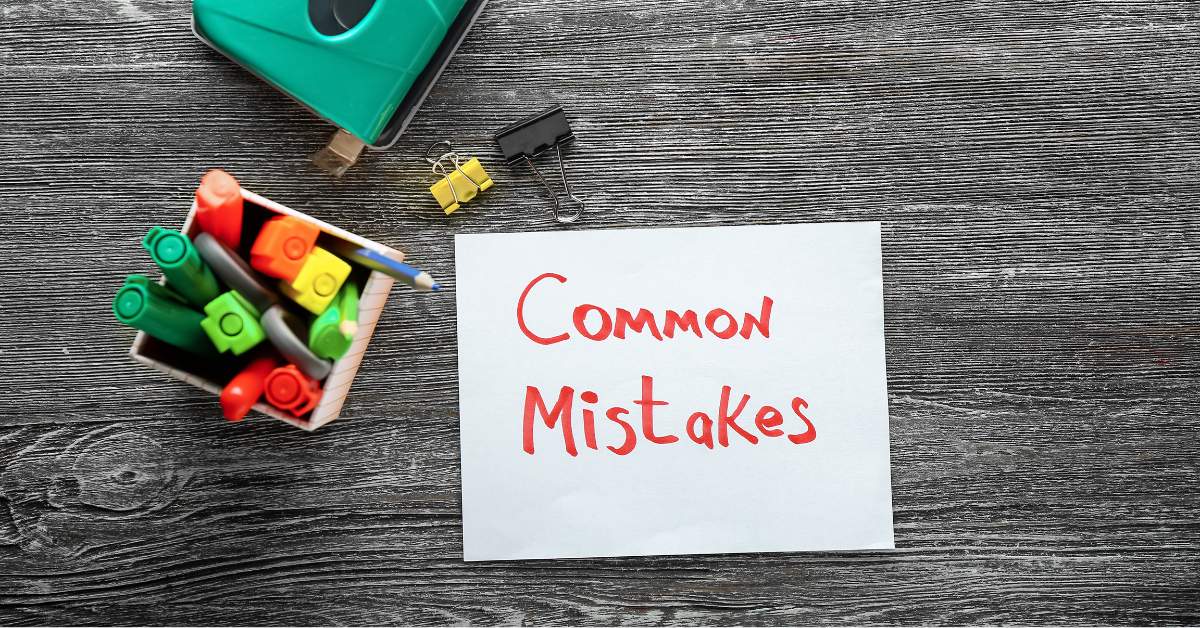
To avoid common mistakes when responding to ‘Roger that,’ make sure you don’t use any ambiguous or unclear language. When someone says ‘Roger that,’ they are seeking confirmation and understanding.
Using vague or confusing language can lead to miscommunication and misunderstandings.
Instead, respond with clear and concise statements that affirm your comprehension of the message.
Another mistake to avoid is providing excessive or unnecessary information in your response. Keep your reply focused on acknowledging the message and confirming your understanding. Adding extra details can confuse the conversation and waste time.
Additionally, be mindful of using inappropriate or offensive language when responding to ‘Roger that.’ Remember that the goal is to create a sense of belonging and camaraderie within a group. Using respectful and inclusive language helps foster positive relationships with others.
Lastly, avoid overusing jargon or technical terms that may not be familiar to everyone in the group. While it’s important to communicate efficiently, using overly complex language can exclude individuals who may not be as knowledgeable in certain areas.
By being mindful of these common mistakes, you can ensure effective communication when responding to ‘Roger that‘ and maintain a strong sense of unity within your team or group.
Tips for Effective Communication in High-Stress Situations
Stay calm and focused during high-stress situations to ensure effective communication. When tensions are running high, it can be easy to let emotions take over and hinder your ability to communicate effectively.
However, by remaining composed and collected, you can create an environment that promotes clear and concise communication.
One tip for effective communication in high-stress situations is to actively listen. When someone is speaking, make sure you give them your full attention and avoid interrupting or jumping to conclusions. This not only shows respect but also allows you to fully understand their message before formulating a response.
Another important aspect of effective communication in high-stress situations is using assertive language. Clearly express your thoughts and feelings without being aggressive or confrontational.
By using ‘I’ statements instead of blaming others, you can express yourself in a way that encourages collaboration rather than defensiveness.
Additionally, it’s crucial to practice empathy during these challenging moments. Put yourself in the other person’s shoes and try to understand their perspective. By acknowledging their feelings and showing understanding, you can build trust and create a more supportive environment for effective communication.
Staying calm and focused during high-stress situations is essential for effective communication. Actively listening, using assertive language, and practicing empathy are all key strategies that promote understanding and belonging within a team or group.
Remember, effective communication is not just about conveying information; it’s about fostering connections and building relationships even in the most challenging circumstances.
Practicing and Improving Your Communication Skills
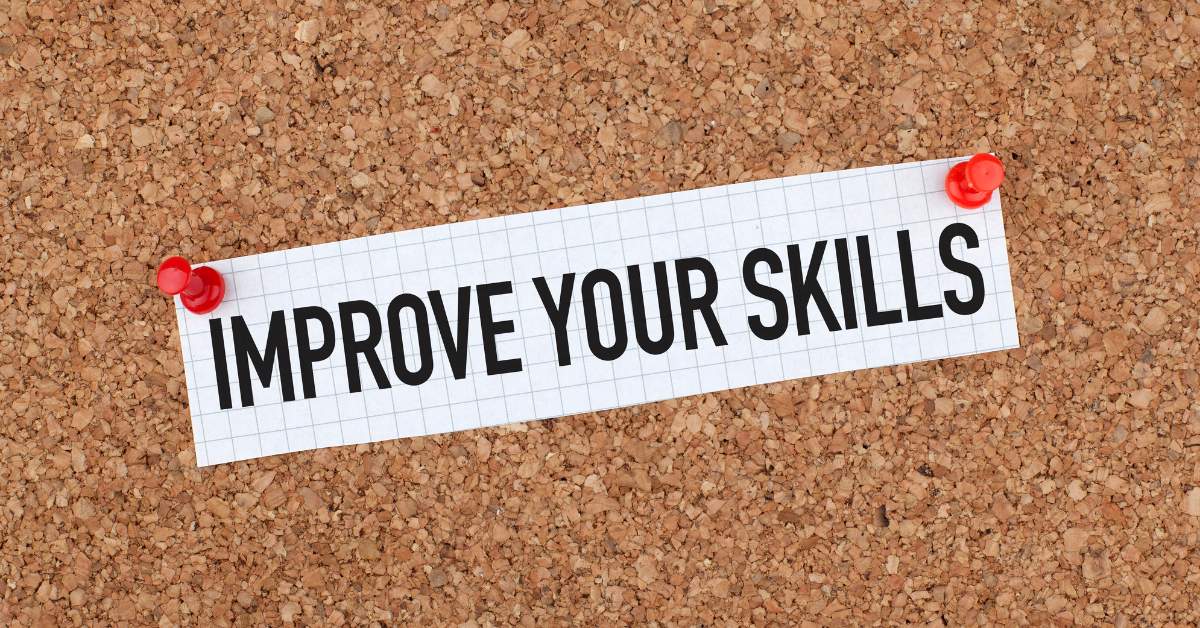
Enhance your communication skills by actively seeking opportunities to practice and improve in various settings.
Communication is a vital skill that can greatly impact your ability to connect with others and build strong relationships.
Whether you’re in a high-stress situation or not, practicing effective communication will help you convey your message clearly and ensure that it’s understood.
One way to improve your communication skills is by actively listening to others. Pay attention to their words, tone of voice, and body language. This will not only demonstrate respect but also help you understand their perspective better.
Additionally, practicing active listening can help you avoid misunderstandings and resolve conflicts more effectively.
Another way to enhance your communication skills is by being mindful of non-verbal cues. Your body language, facial expressions, and gestures can all convey important messages that might complement or contradict what you say verbally.
By being aware of these cues, you can ensure that your non-verbal communication aligns with your intended message.
Lastly, regularly engaging in conversations with different people from diverse backgrounds can greatly improve your communication skills. This exposure allows you to adapt your communication style based on the individual or group you’re interacting with, promoting understanding and fostering belonging.
Remember, enhancing your communication skills takes time and practice. By actively seeking opportunities for improvement in various settings, you’ll become a more effective communicator who connects with others effortlessly while creating a sense of belonging in any environment.
FAQs About How To Respond To Roger That:
Q:1 What is the origin of the phrase ‘Roger that’?
The phrase ‘roger’ originated in military communication during World War II. It was used to acknowledge receipt of a message and indicate understanding. The word ‘roger’ comes from the phonetic alphabet, where it represents the letter R, which stands for ‘received.’
Over time, it has become a common phrase used in various industries to confirm understanding or agreement. So, when someone says ‘Roger that,’ they’re essentially saying, ‘I understand and will comply.’
Q:2 Can ‘Roger that’ be used in informal conversations?
Yes, ‘Roger that’ can definitely be used in informal conversations! It’s a popular phrase used to acknowledge understanding or agreement. When someone says ‘roger that’, you can respond by using the same phrase to show that you heard and understood what they said.
It creates a sense of camaraderie and belonging in casual conversations. So go ahead and use it freely when chatting with friends or colleagues!
Q:3 Are there any alternative phrases that can be used instead of ‘Roger that’?
Sure! Instead of saying ‘Roger that,’ you can use phrases like ‘got it,’ ‘copy that,’ or even just a simple ‘okay.’
These alternatives convey the same meaning as ‘roger that’ and are commonly used in informal conversations.
It’s important to use language that makes you feel like you belong, so feel free to choose the phrase that feels most natural to you.
Q:4 How can non-verbal ways of responding to ‘Roger’ be effective?
Non-verbal ways of responding to ‘Roger’ can be effective in creating a sense of belonging.
You can nod your head or give a thumbs up to show agreement and understanding.
Maintaining eye contact with the speaker also conveys attentiveness and engagement.
Additionally, mirroring the speaker’s body language can help establish rapport and connection.
Remember, non-verbal cues are powerful tools for communication and can enhance your interactions with others.
Q:5 What are some common mistakes people make when responding to ‘Roger that’?
Some common mistakes people make when responding to ‘Roger’ include not acknowledging the message, providing incomplete or unclear responses, or delaying their response.
It is important to actively listen and respond promptly with a clear and concise reply. By doing so, you demonstrate effective communication skills and show respect for the sender’s message.
Remember to be attentive and provide a response that shows you understand and acknowledge the information received.
Conclusion:
In conclusion, responding to ‘Roger That’ effectively is crucial for clear and efficient communication. Whether in professional settings or everyday conversations, understanding the meaning and using proper terminology is essential.
Additionally, non-verbal cues can also be used to acknowledge receipt of information. It’s important to avoid common mistakes and continuously practice and improve communication skills, especially in high-stress situations.
By mastering the art of responding to ‘Roger That,’ you can enhance your overall communication abilities and facilitate better understanding between individuals.
We hope you will be well aware of How To Respond To Roger That, after reading this comprehensive article. If you have any questions, feel free to comment below!
